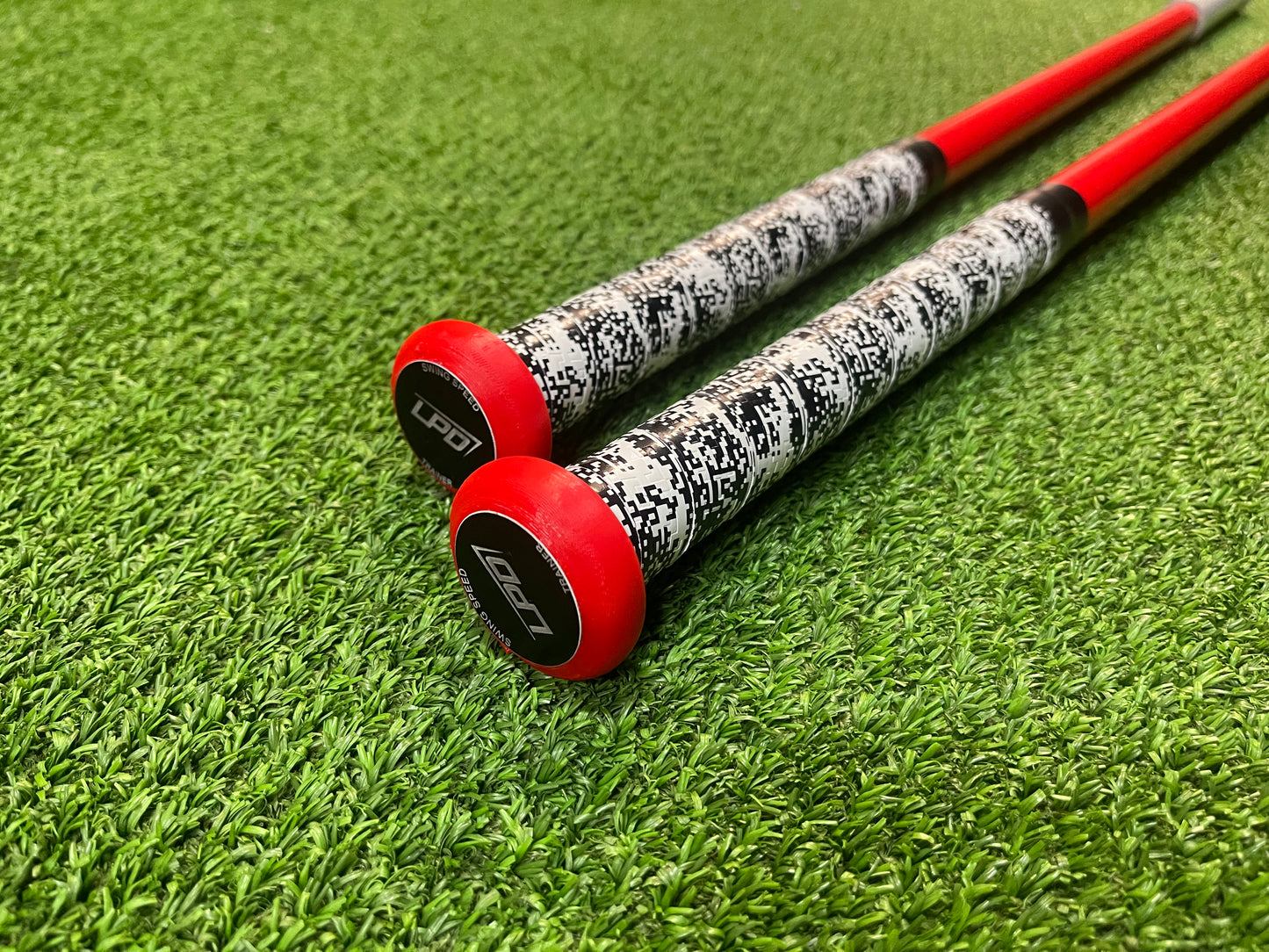Deloading is a technique used by athletes to recover from accumulated fatigue and prepare for future training. It involves reducing the throwing volume and/or intensity of training for a period of time, typically a week or two. Deloading is a critical component of any throwing program, and has been shown to improve performance and prevent injury in athletes.
In this blog post, we will discuss the benefits of deloading in throwing programs, the science behind it, and how to implement it effectively.
The Benefits of Deloading in Throwing
Deloading has several benefits for athletes. Here are some of the key benefits:
-
Recovery: Deloading allows the body to recover from accumulated fatigue and reduce the risk of injury. When we train, we create micro-tears in our muscles, which need time to repair and recover. Deloading helps to reduce the stress on our muscles, giving them time to recover and repair.
-
Improved Performance: Deloading can also lead to improved performance. When we reduce the volume and intensity of training, we allow our bodies to recover and adapt to the stress of training. This can lead to improved strength, power, and endurance in subsequent training sessions.
-
Long-Term Health: Deloading is an important component of long-term health for athletes and strength trainers. Without adequate recovery, athletes are at risk of overtraining, which can lead to injury, burnout, and other health issues. Deloading can help prevent overtraining and promote long-term health.
The Science Behind Deloading
The science behind deloading is based on the principles of exercise physiology. When we exercise, we create micro-tears in our muscles, which need time to repair and recover. During recovery, our bodies adapt to the stress of training, becoming stronger and more resilient.
However, if we do not allow for adequate recovery, our bodies can become overtrained, leading to injury, burnout, and other health issues. Deloading helps to prevent overtraining by allowing our bodies to recover and adapt to the stress of training.
Several scientific studies have demonstrated the benefits of deloading in strength training. For example, a study published in the Journal of Strength and Conditioning Research found that a one-week deload period resulted in significant improvements in power output, jump height, and strength in 19 strength-trained athletes.
Another study published in the International Journal of Sports Medicine found that a one-week deload period in highly trained powerlifters resulted in a significant increase in strength in the bench press and squat exercises.
Overall, these studies suggest that deloading is an effective technique for promoting recovery, improving performance, and preventing injury in athletes and strength trainers.
Implementing Deloading in Throwing Programming
The optimal approach to deloading may vary depending on individual factors such as training experience, training goals, and recovery needs. However, here are some general guidelines to consider when implementing deloading in your throwing program:
-
Reduce Volume and Intensity: During a deload period, it's important to reduce both the volume and intensity of training. This can be accomplished by decreasing the number of throws performed. Aim to reduce volume and intensity by 40-60% compared to your regular training.
-
Maintain Frequency: While volume and intensity should be reduced, it's generally recommended that individuals maintain the same frequency of training during a deload period. This can help maintain neuromuscular efficiency and prevent detraining.
-
Focus on Recovery: Since the goal of a deload period is to allow for recovery, individuals should focus on activities that promote recovery during this time. This can include foam rolling, stretching, massage, and ensuring adequate sleep and nutrition.
-
Consider Individual Factors: As previously mentioned, the optimal approach to deloading may vary depending on individual factors such as training experience, training goals, and recovery needs. It's important to listen to your body and adjust your approach to deloading accordingly.
It's also worth noting that the frequency and duration of deload periods may vary depending on individual factors. Some athletes may benefit from a deload period every 4-6 weeks, while others may only need one every 8-12 weeks. It's important to experiment and find what works best for you.
Conclusion
Deloading is a critical component of any strength training program. It allows the body to recover from accumulated fatigue, improve performance, and prevent injury. The science behind deloading is based on the principles of exercise physiology, and several studies have demonstrated its effectiveness in improving performance in athletes.
When implementing a deload period, it's important to reduce volume and intensity, maintain frequency, focus on recovery, use alternative training modalities, and consider individual factors. By following these guidelines, athletes can reap the benefits of deloading and achieve long-term health and success in their training.
In summary, deloading is a key component of a successful throwing program. By incorporating regular deload periods into your training schedule, you can promote recovery, improve performance, and prevent injury.
Keep in mind that the specifics of how to deload will vary depending on individual circumstances, so be sure to experiment and find what works best for you. With a well-designed deload program, you can take your training to the next level and achieve your goals.














